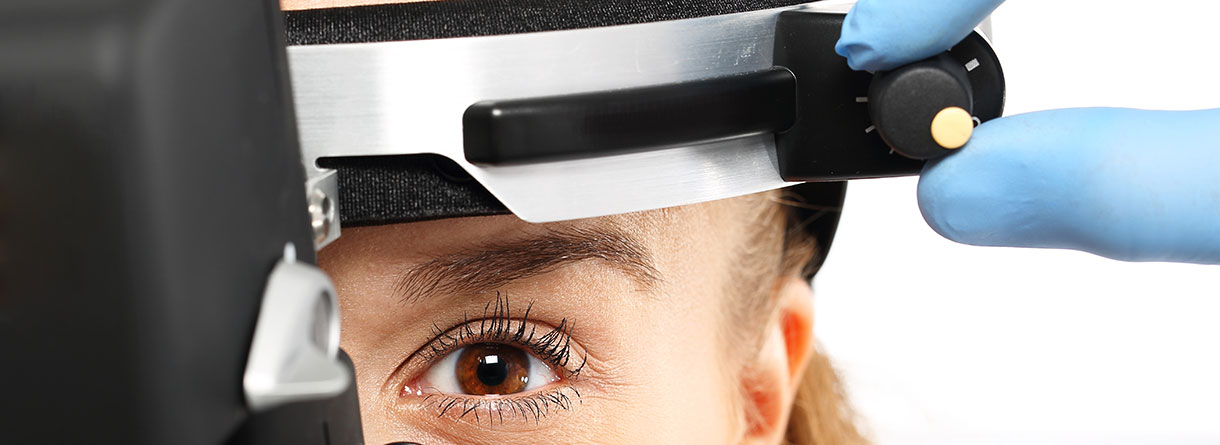Macular telangiectasia
| Definition | Macular telangiectasia (Mac Tel) is a disease that affects the central region of the retina. Although the cause is not fully understood, it is known that the development of macular telangiectasia is associated with dilation and expansion of small retinal vessels and the degeneration of specialized retinal nerve structures, the Müller cells. These changes lead to a decrease in vision over time. Patients can be born with Macular telangiectasia (Type 1) or develop it during life (Type 2). The less common inborn form affects mainly one eye in adolescent and middle aged male patients, the more common developmental form affects usually both eyes in males and females above the age of 50. |
|---|---|
| Clinical Symptoms | The main symptom of macular telangiectasia is a slow progressive decline in central visual function. There are usually no symptoms in the very early stages. Later on, many patients report a decline in the ability to read. The decline in central visual function progresses over the course of the disease, however, the impairment varies a lot between individuals. In some cases, the loss of central vision leads to the inability to drive vehicles or read a newspaper, while others have sufficient visual function even years after initial diagnosis. If both eyes are affected in a patient, the visual outcome between each eye can vary significantly. While many patients ultimately develop moderate to advanced impairment of visual function, a total loss of visual acuity is extremely rare. The peripheral visual field is not affected by macular telangiectasia. In some cases, the development of macular telangiectasia can be followed by the sprouting of new retinal vessels, a process named proliferation. The occurrence of these so called neovascularisations worsens the prognosis and makes immediate treatment necessary. |
| Diagnosis and Examinations | Macular telangiectasia is an uncommon disease that is particularly hard to diagnose in the early stages. Several procedures will be performed to determine the diagnosis, including a thorough slit lamp examination, a fluorescein angiography, optical coherence tomography and special fundus photography. |
| Prevention and Treatment | There are currently no preventative measures or widely accepted therapies against macular telangiectasia. While the cause of the disease cannot be treated, routine diagnostic visits are vital to detect secondary sight-threatening complications such as new sprouting vessels. In these cases, your physician will discuss the appropriate treatment for you. |


